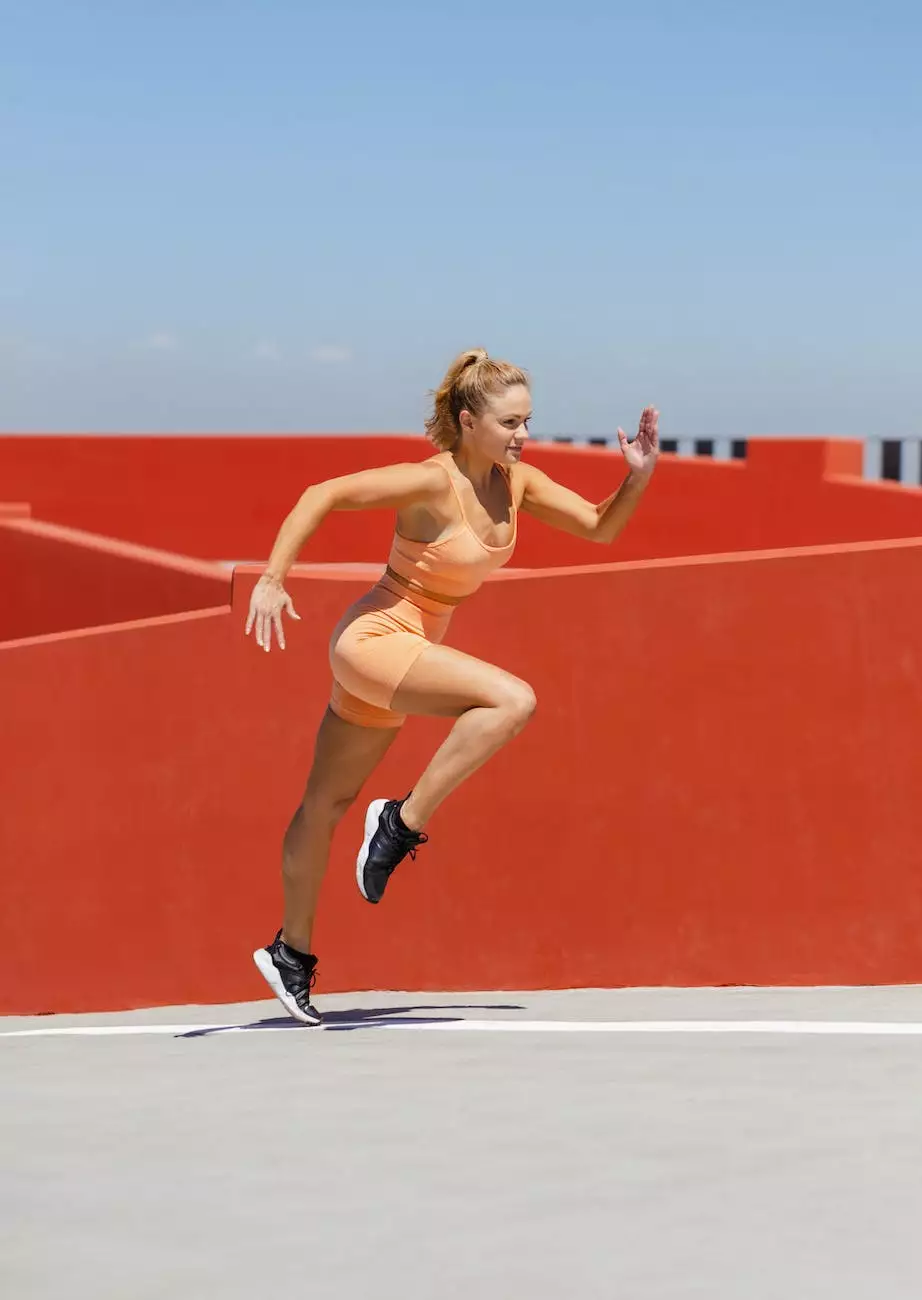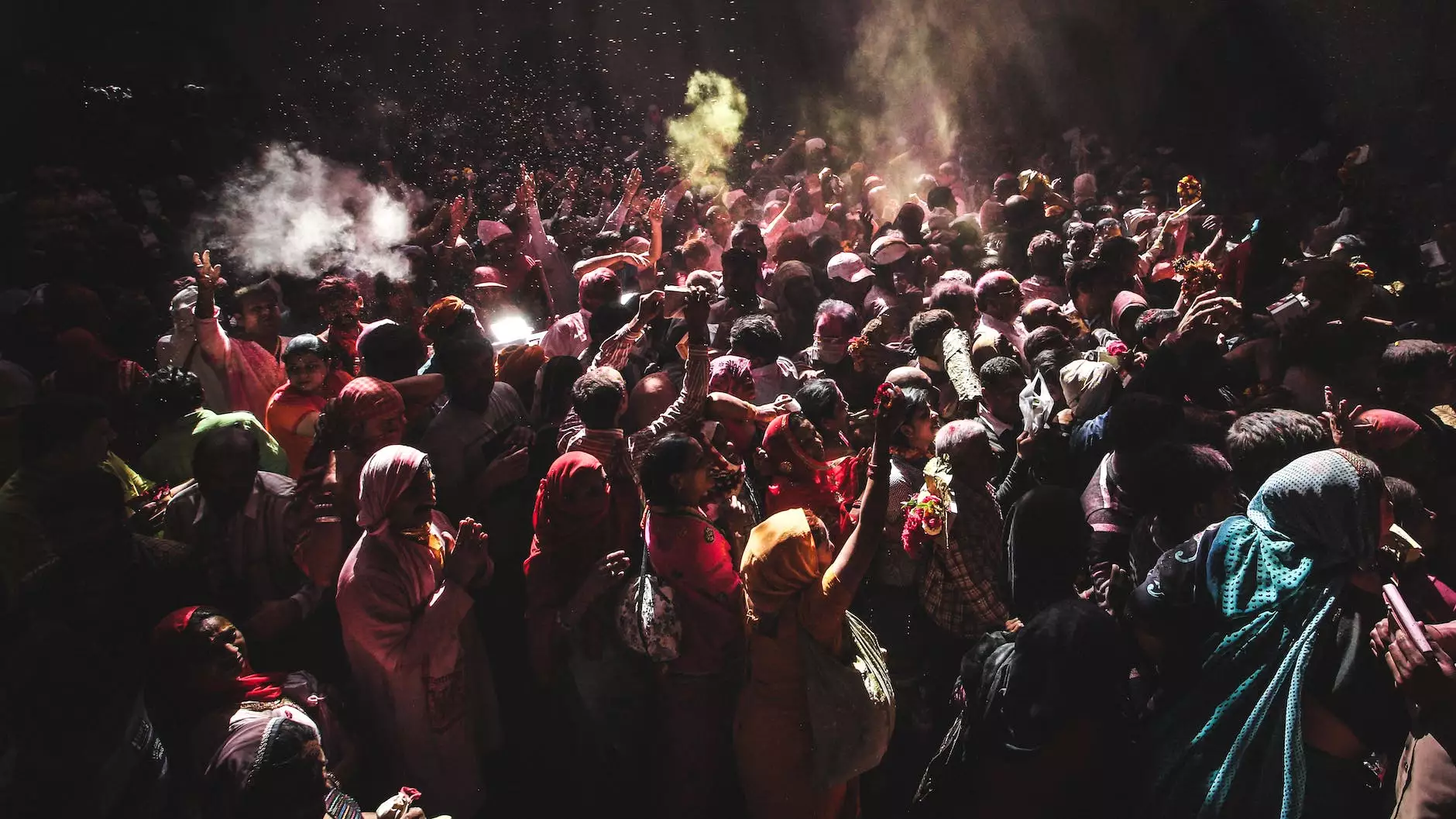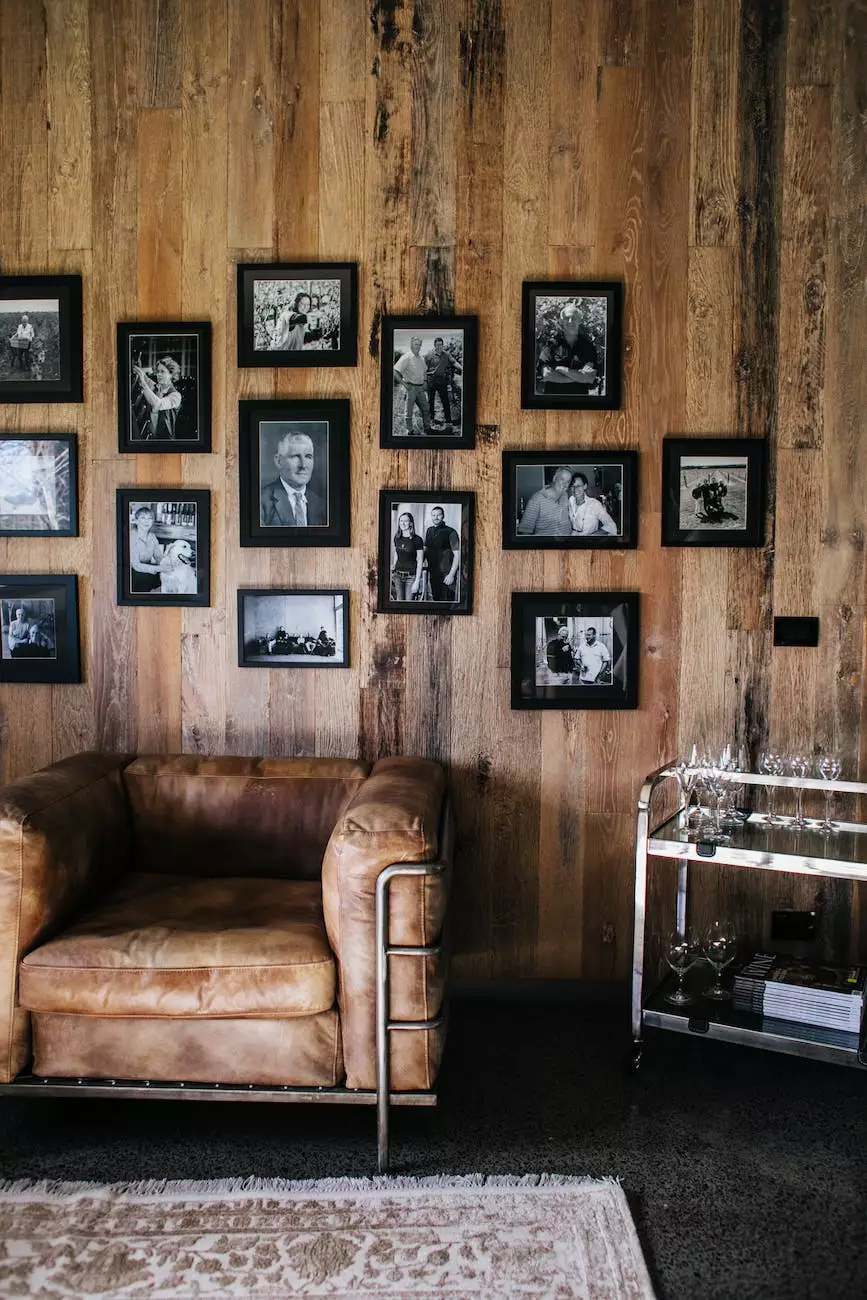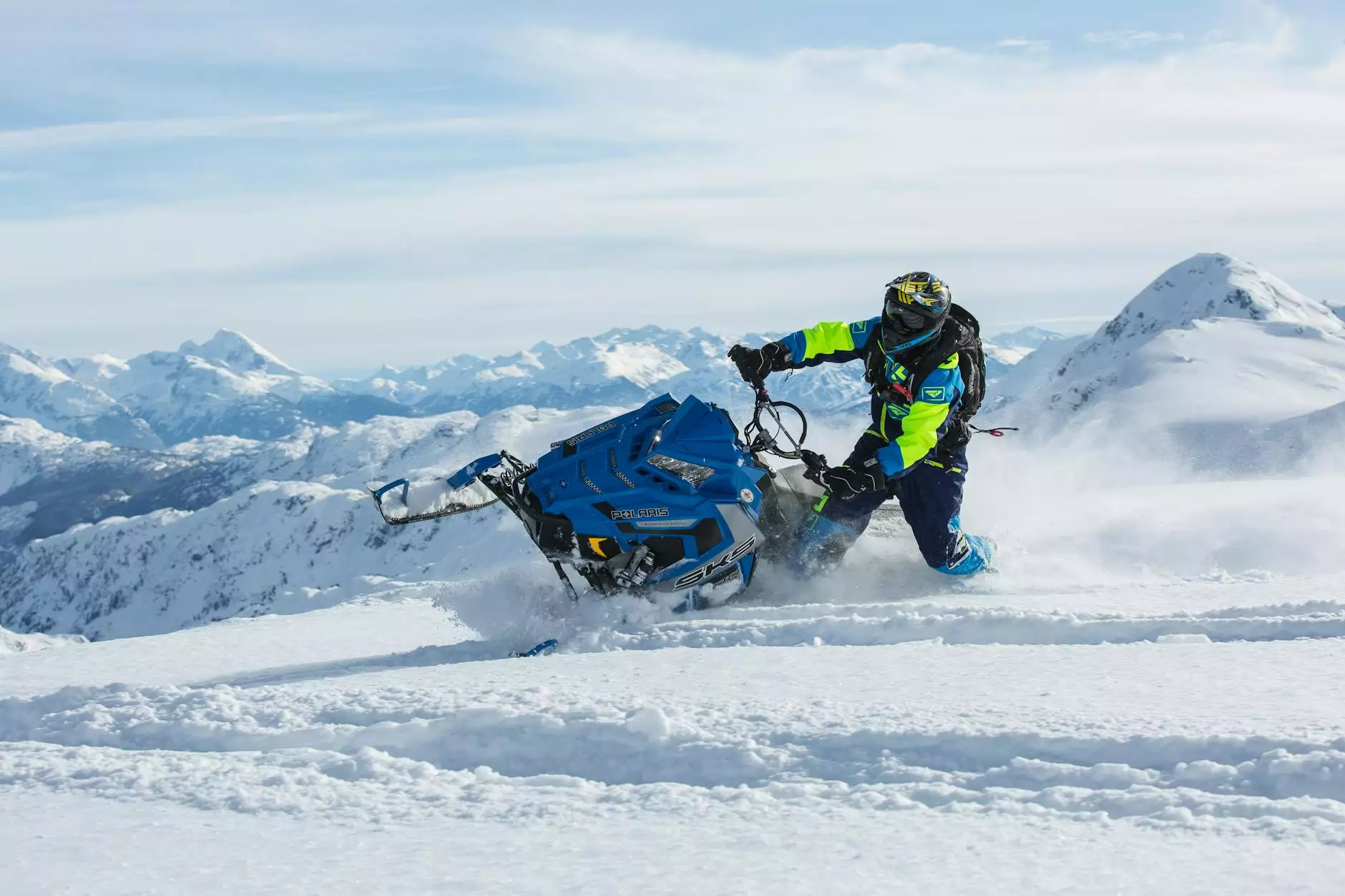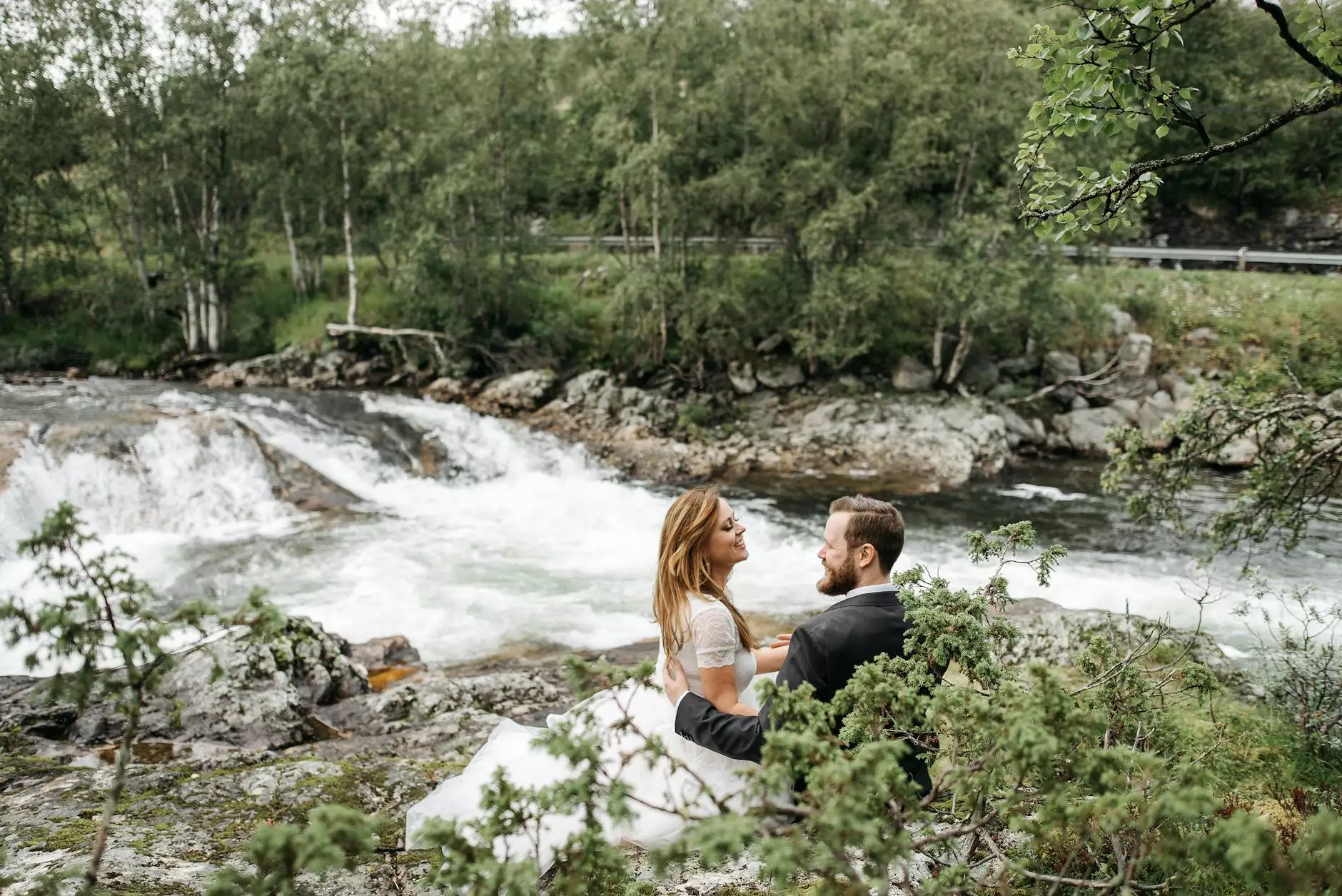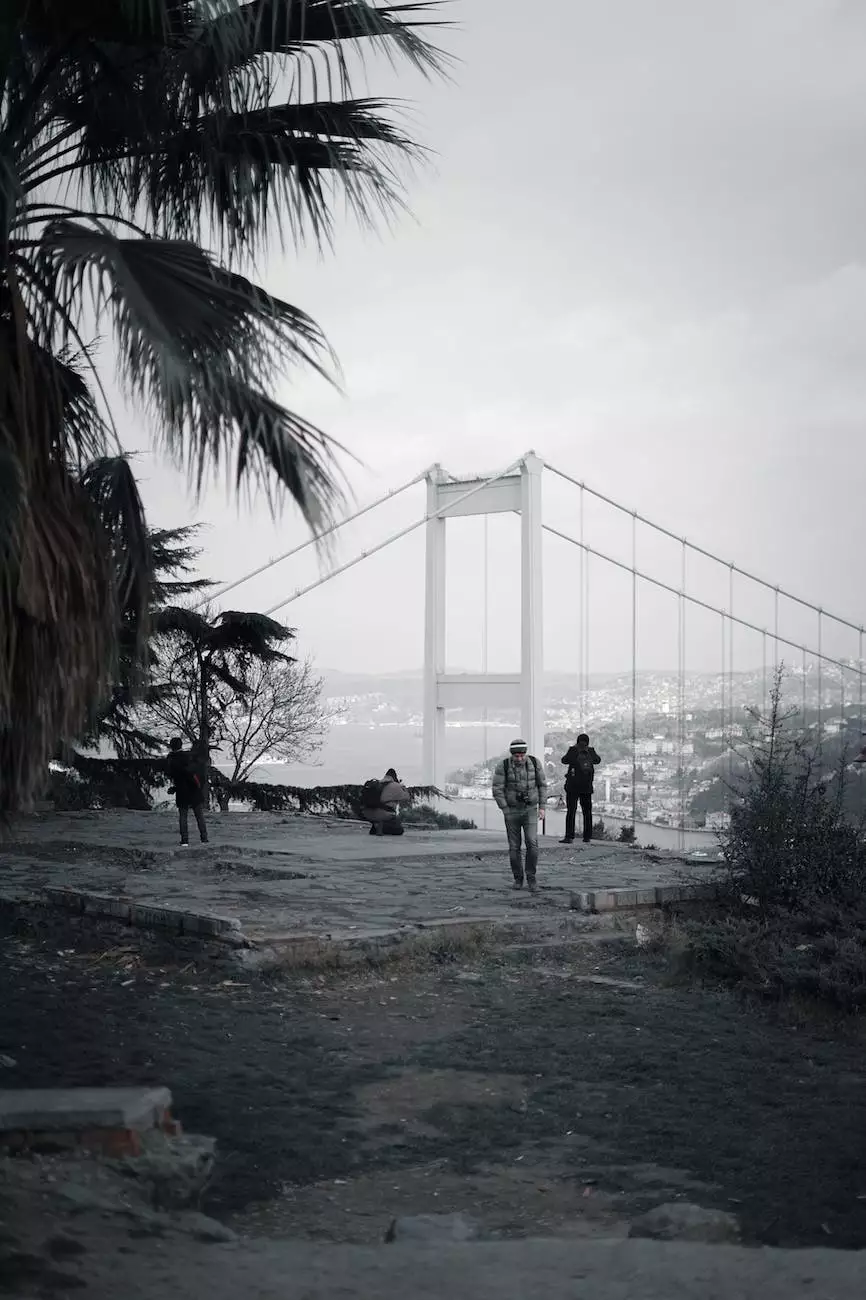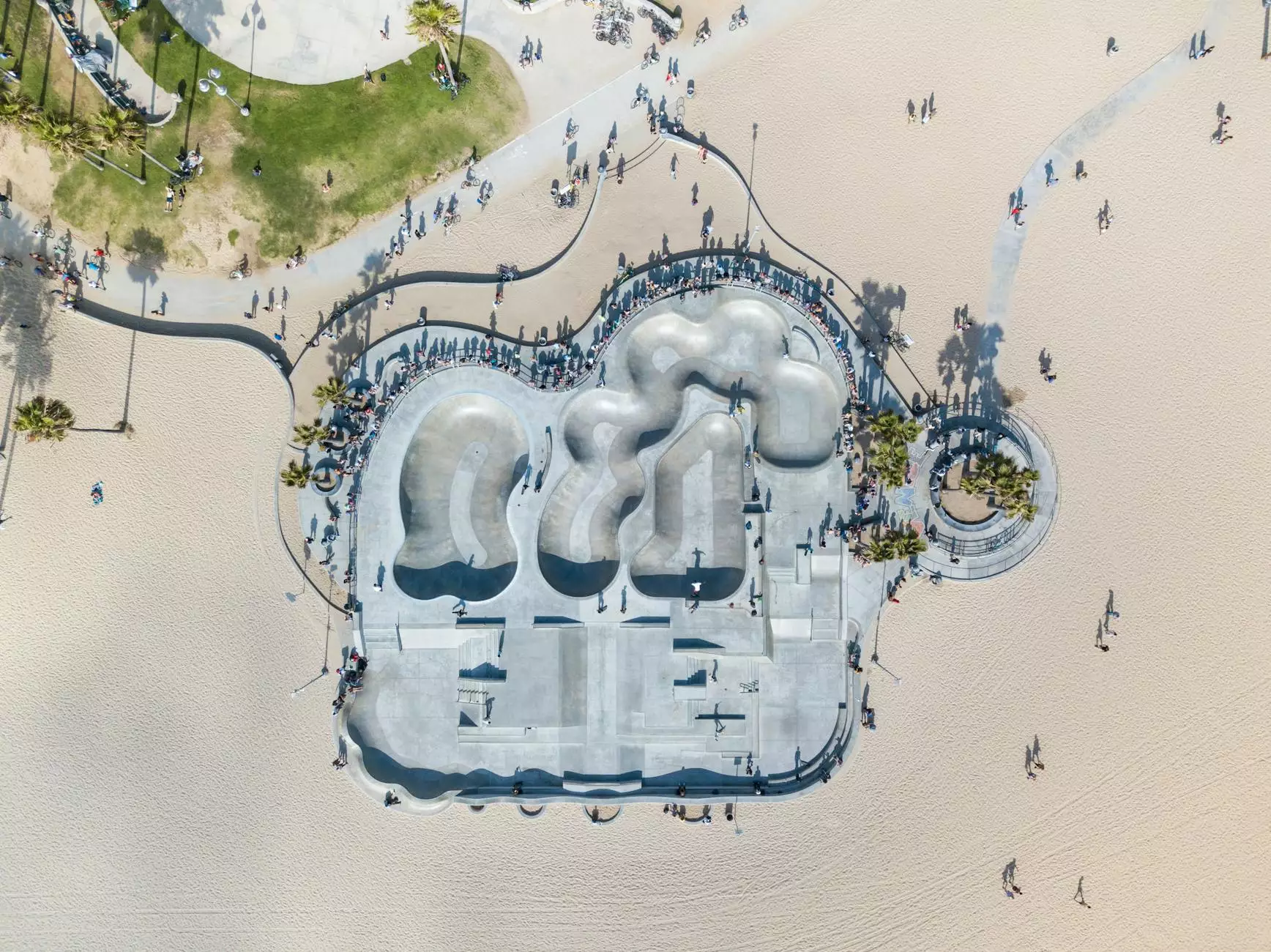How to Get Started in Photography
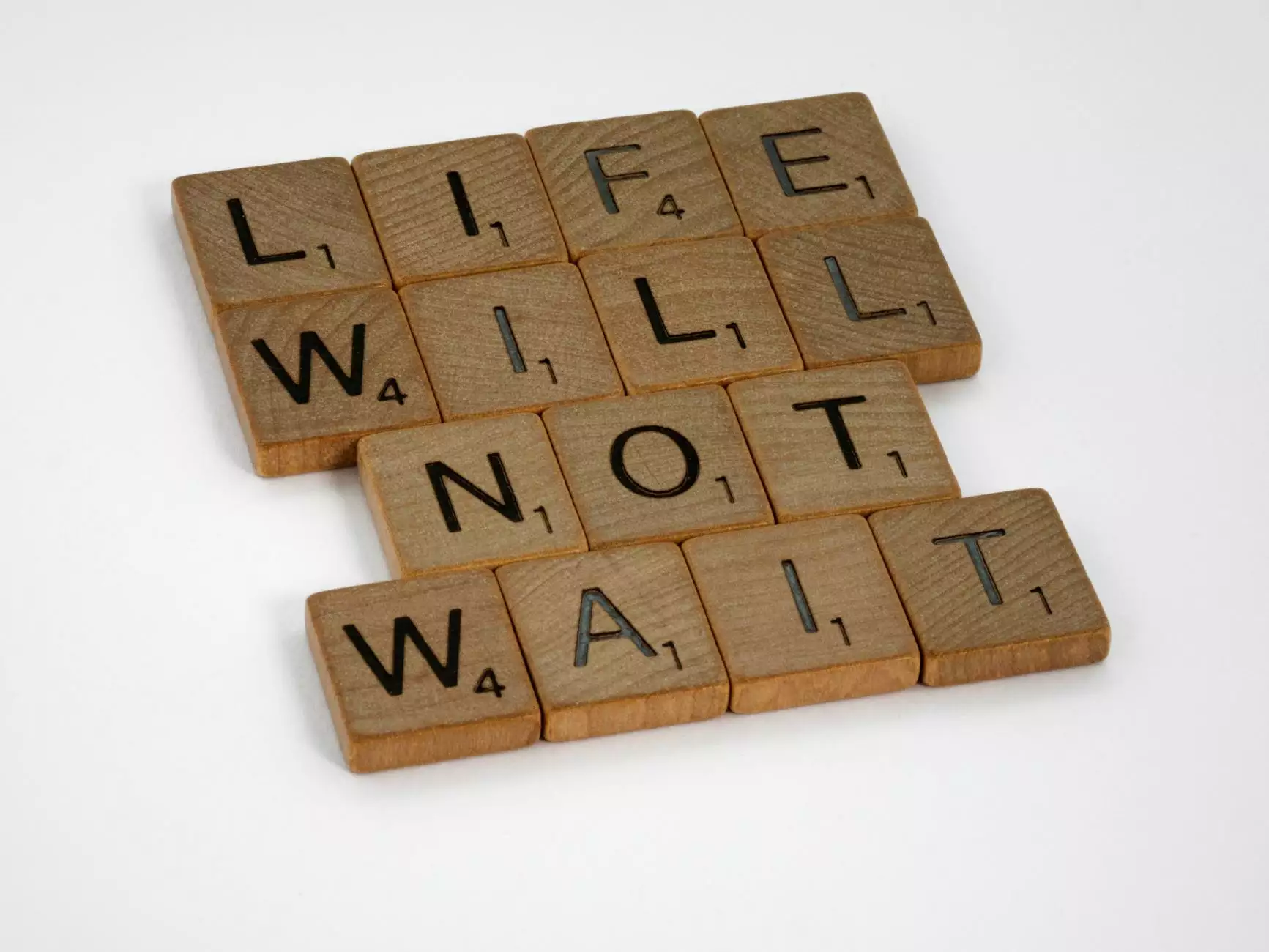
Welcome to our comprehensive guide on how to get started in photography. If you've ever been captivated by stunning images and wanted to capture those moments yourself, you've come to the right place. Jeff Stemmerman Photography is here to help you embark on your photographic journey and provide the knowledge and tools necessary to master the art of photography.
Why Choose Photography
Photography is a creative and rewarding pursuit that allows you to capture and share moments, convey emotions, and tell stories through images. Whether you're interested in landscape, portrait, wildlife, or street photography, this versatile medium offers endless possibilities for self-expression.
Essential Photography Equipment
Before diving into photography, it's crucial to have the right equipment. Here are the essential items every beginner should consider:
- A digital single-lens reflex (DSLR) or mirrorless camera: These cameras offer manual control and interchangeable lenses, giving you more flexibility in capturing different subjects and scenes.
- A versatile lens: Start with a general-purpose lens, such as a standard zoom lens, to cover a wide range of focal lengths. This will allow you to experiment with different compositions.
- A sturdy tripod: This is essential for capturing sharp images, especially in low-light conditions or when using long exposure techniques.
- An external flash: While natural light is often preferred, having an external flash can greatly enhance your ability to control lighting in various situations.
- A memory card and spare batteries: Always have extras on hand to avoid missing out on important shots.
Understanding Camera Settings
As a beginner, understanding the basic camera settings is crucial to achieving the desired results. Here are some key settings you should familiarize yourself with:
- Aperture: Controls the depth of field, or how much of the image is in focus. A larger aperture (small f-number) creates a shallow depth of field, ideal for portraits, while a smaller aperture (high f-number) results in a greater depth of field, suitable for landscapes.
- Shutter speed: Determines the duration for which the camera's shutter remains open. A faster shutter speed freezes motion, while a slower speed creates motion blur.
- ISO: Controls the camera's sensitivity to light. A higher ISO is useful in low-light situations but may introduce more digital noise in the image. Start with a lower ISO value and gradually increase it when necessary.
- White balance: Adjusts the color temperature of the image to match the lighting conditions. Use presets such as daylight, cloudy, or shade, or manually set the white balance for accurate color reproduction.
Composition Techniques
Once you have a basic understanding of camera settings, learning composition techniques is essential to create visually appealing photographs. Here are some fundamental principles to keep in mind:
- Rule of thirds: Divide your frame into a grid of nine equal sections and place your subject or points of interest along the lines or at their intersections. This creates a visually balanced composition.
- Leading lines: Utilize lines in your scene, such as roads, fences, or other elements, to guide the viewer's eye towards the subject and add depth to your image.
- Symmetry and patterns: Look for symmetrical elements or repeating patterns in your surroundings to create visually striking images.
- Foreground interest: Include objects or elements in the foreground to add depth and create a sense of scale in your images.
- Negative space: Leave empty space around your subject to draw attention to it and create a sense of simplicity and minimalism.
Post-Processing and Editing
Once you have captured your images, post-processing and editing can further enhance the final results. Here are some popular post-processing techniques:
- Adjusting exposure, contrast, and saturation: Fine-tune the overall tonal range and color balance of your image to achieve the desired look.
- Cropping and straightening: Remove unwanted elements or improve composition by cropping and straightening your images.
- Sharpening and noise reduction: Enhance the overall sharpness of your image and reduce digital noise introduced during capture or editing.
- Applying filters and effects: Experiment with various filters and effects to add creative flair and evoke specific moods in your photographs.
Practicing and Experimenting
The key to improving your photography skills is practice and experimentation. Here are some suggestions to enhance your learning process:
- Shoot regularly: Take your camera with you wherever you go and practice capturing different subjects and scenes.
- Try different genres: Experiment with different styles of photography to expand your skills and discover new interests.
- Study other photographers: Analyze the work of established photographers to gain inspiration and learn new techniques.
- Join photography communities: Participate in online forums or local photography clubs to connect with like-minded individuals and receive constructive feedback on your work.
Conclusion
Getting started in photography may seem daunting at first, but with the right guidance and passion for the craft, you can develop your skills and capture breathtaking images. Remember to invest in the essential equipment, understand camera settings, learn composition techniques, and explore post-processing options to take your photography to the next level.
Jeff Stemmerman Photography is dedicated to helping aspiring photographers embark on their creative journey. With our comprehensive guide, you'll have the knowledge and confidence to take captivating photos and share your unique perspective with the world.


